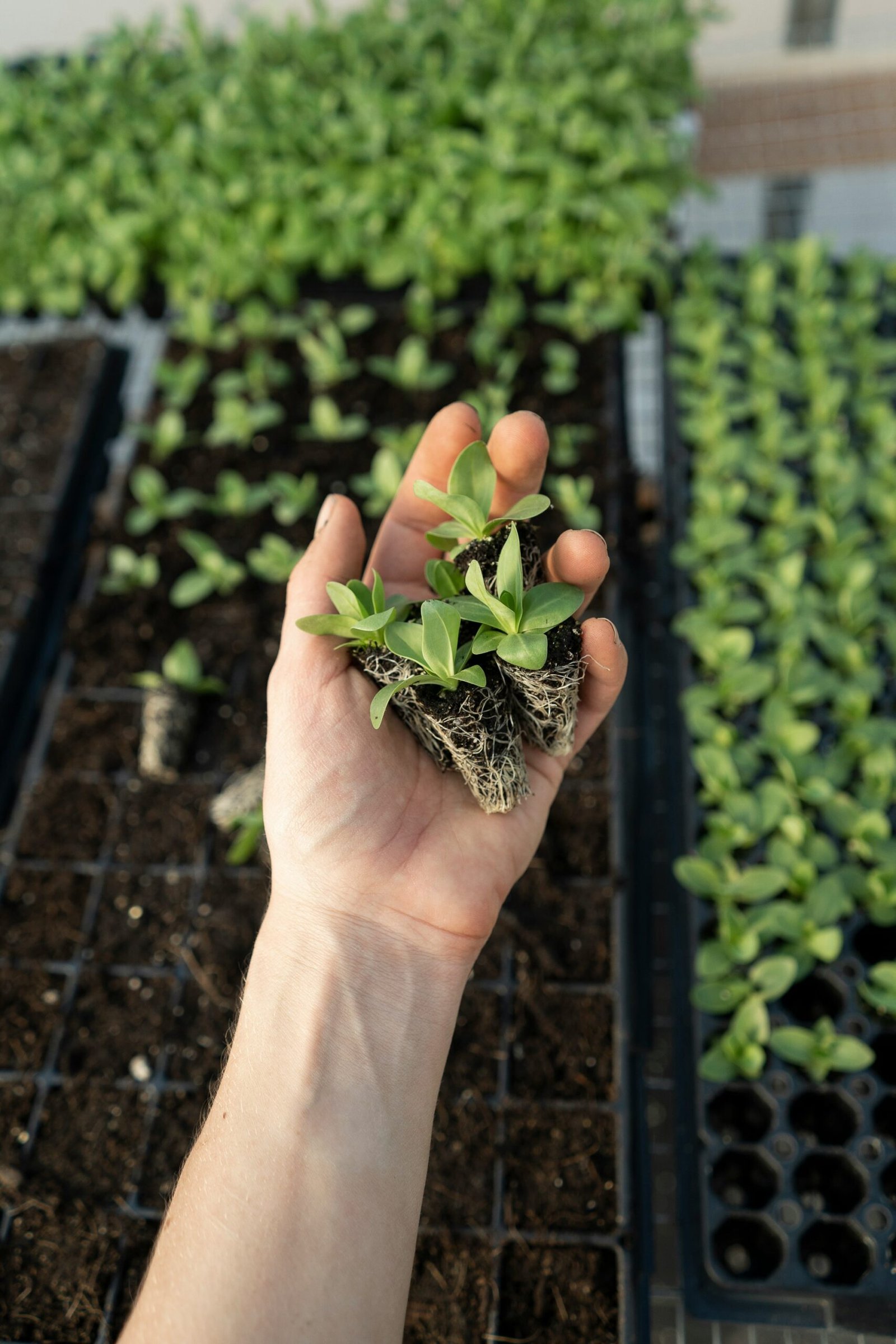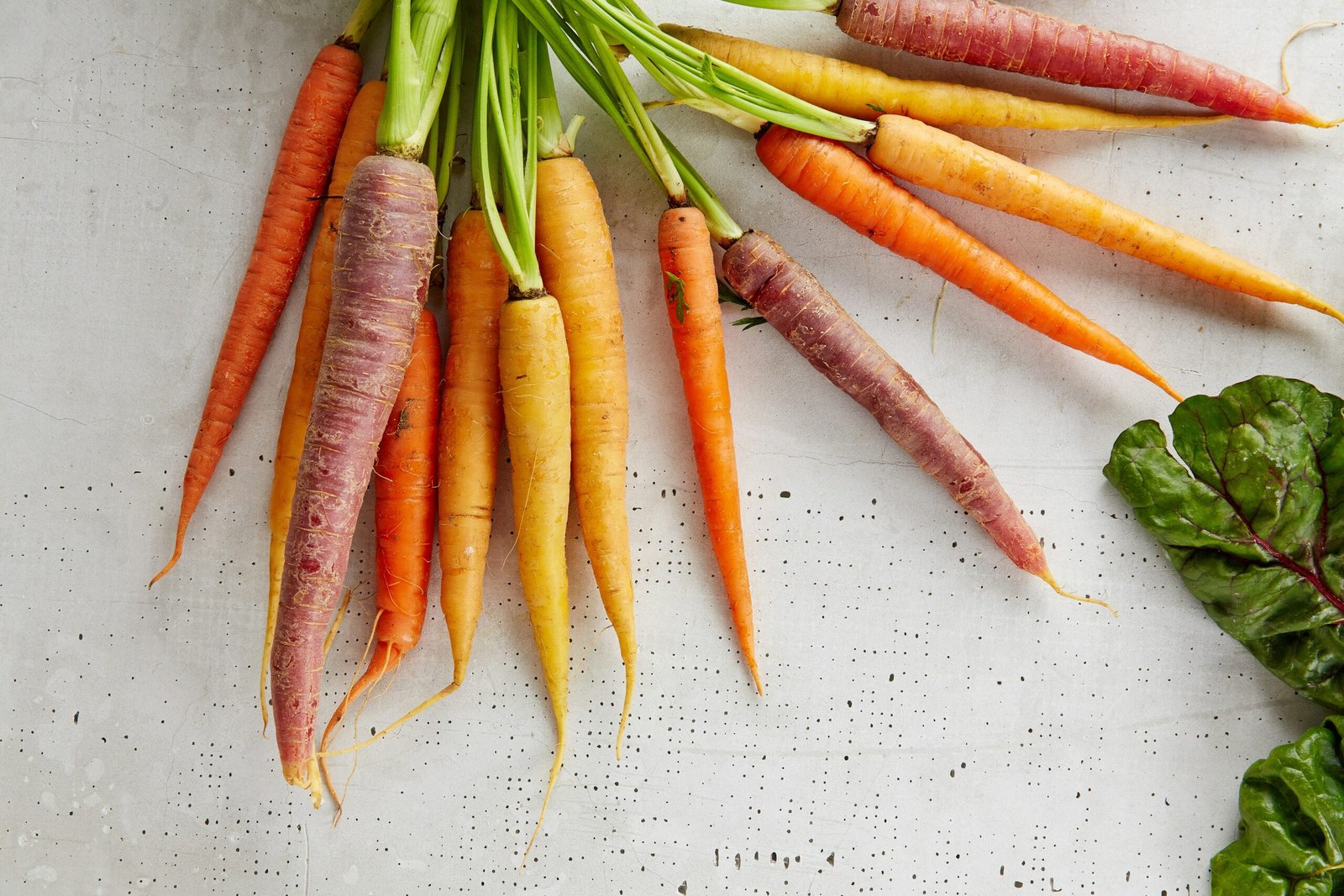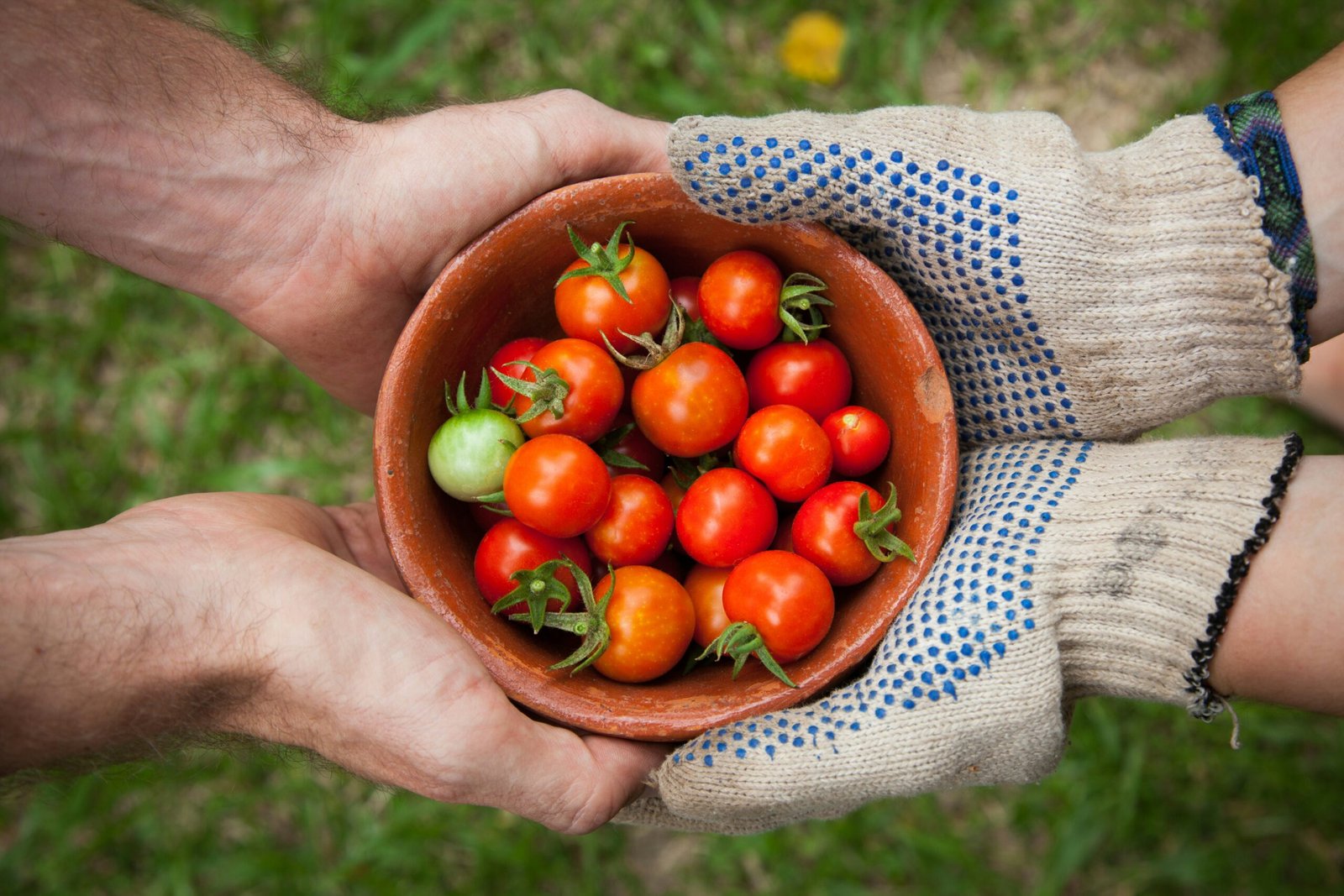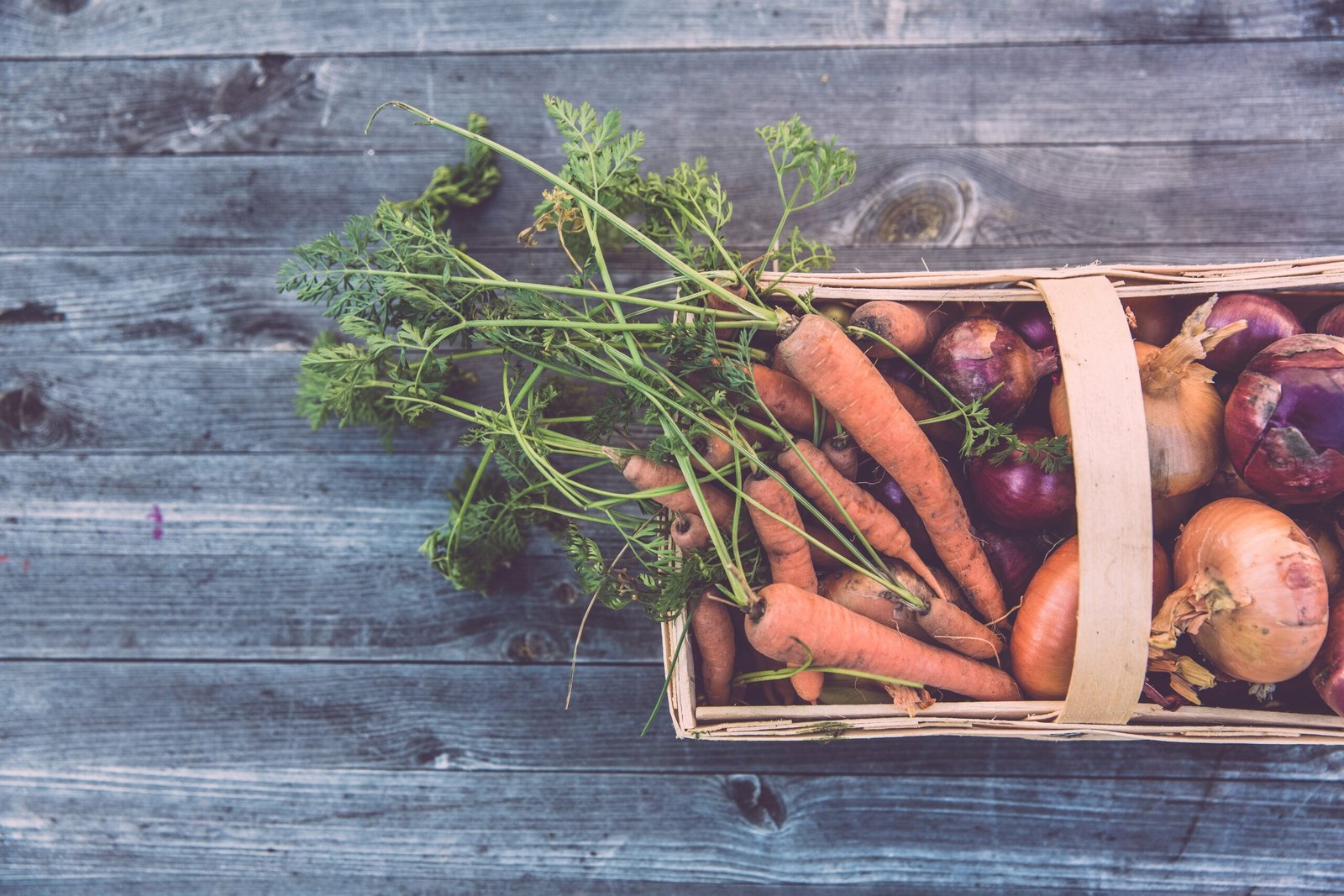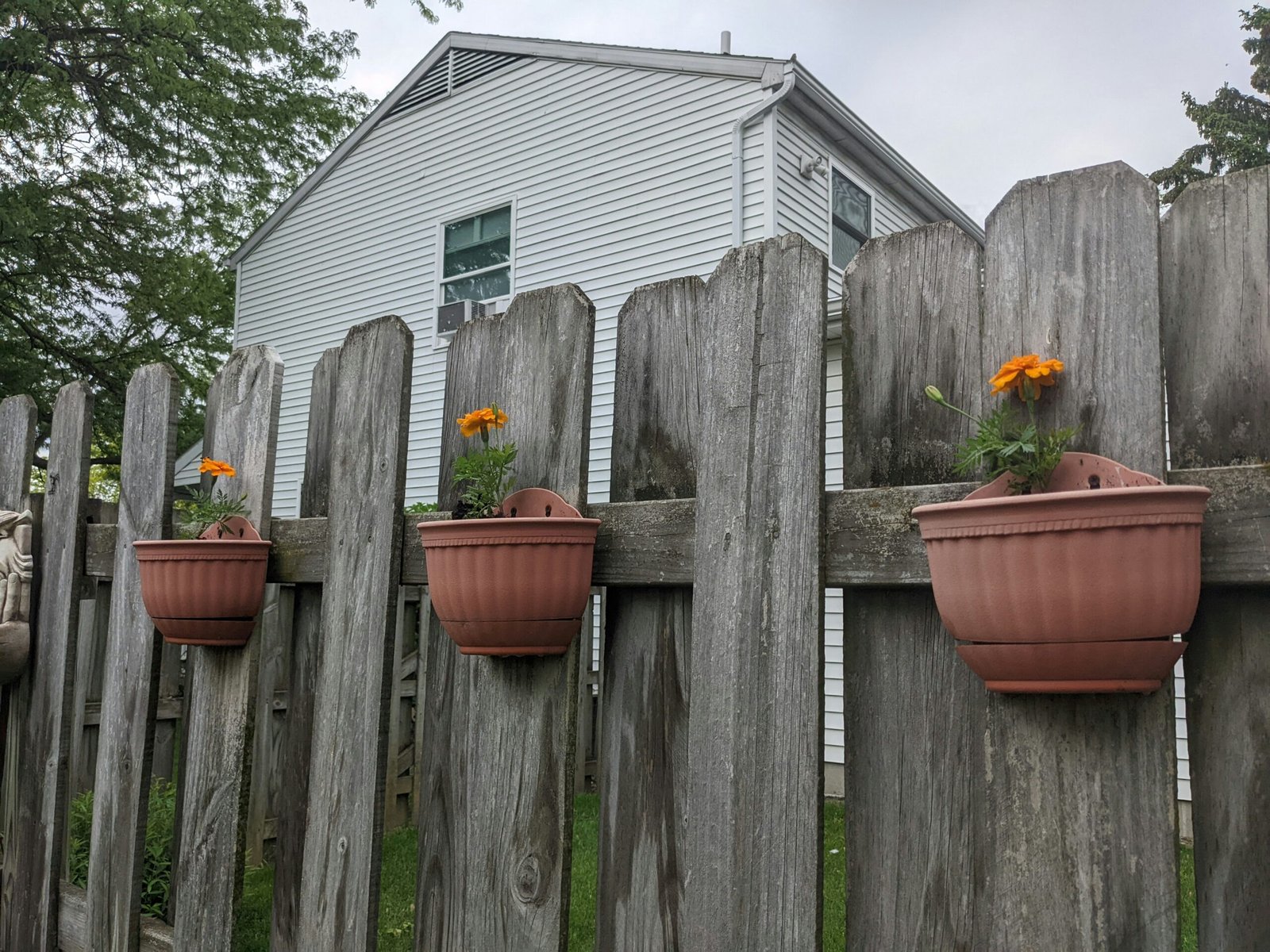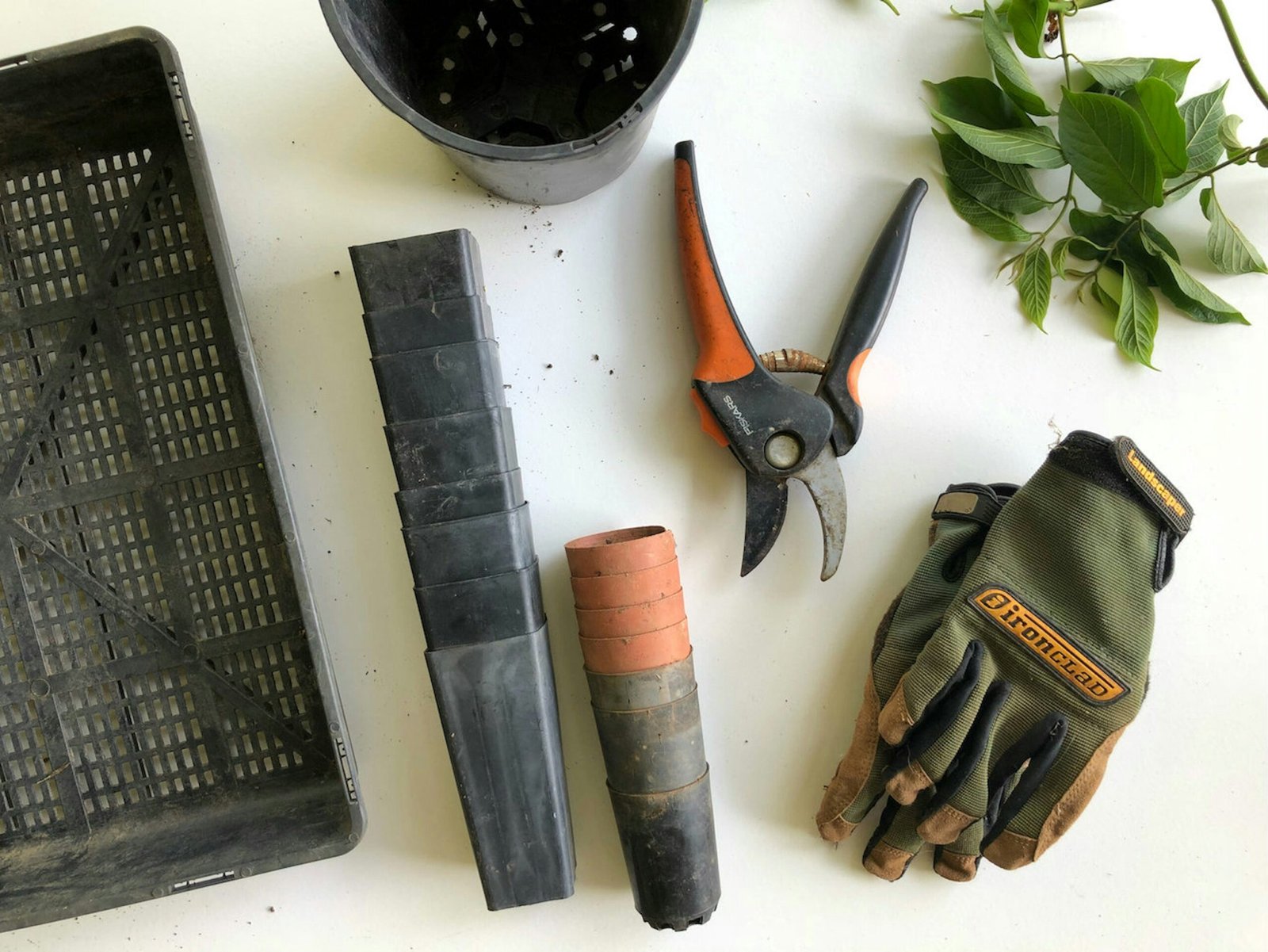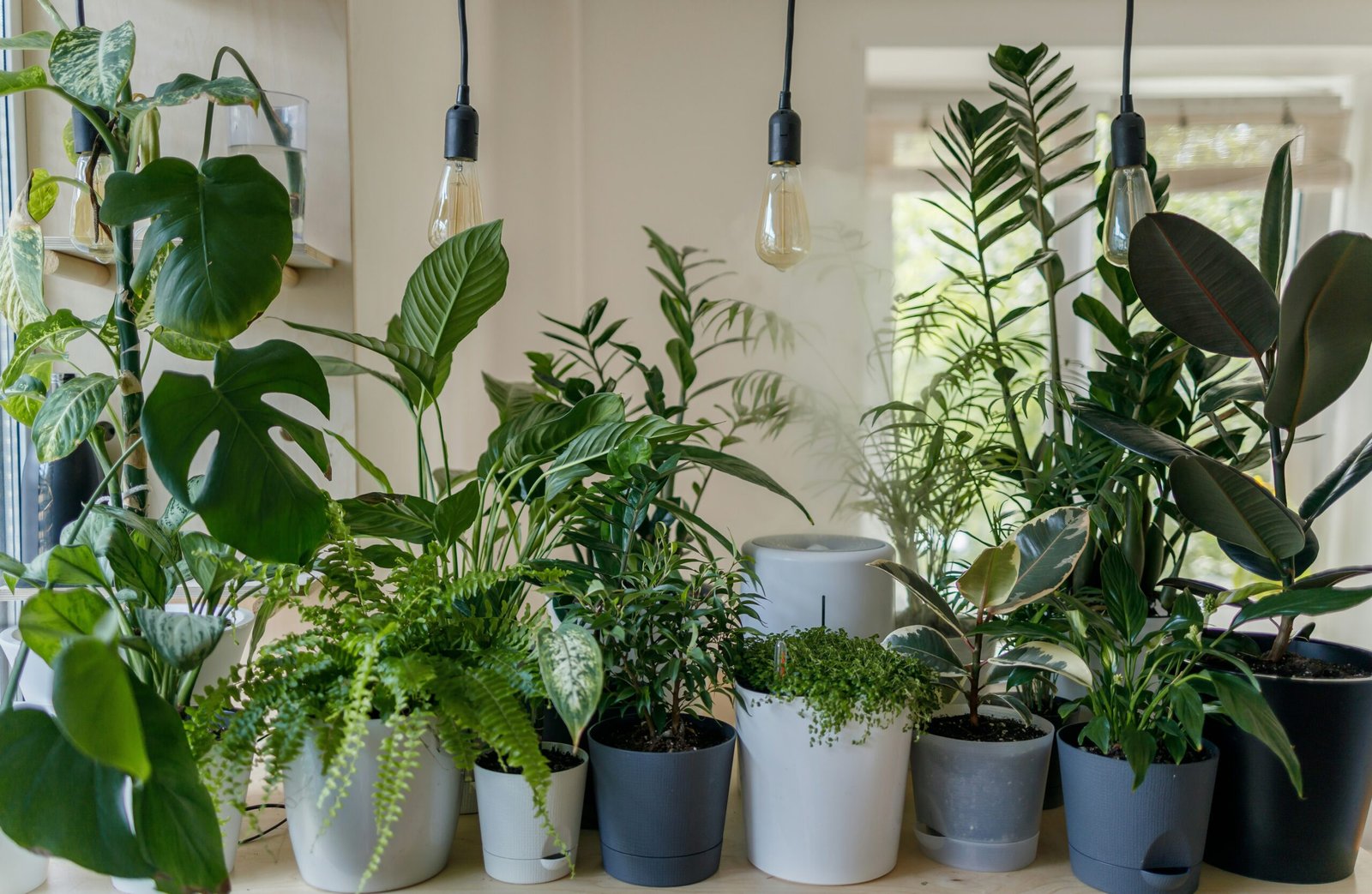How to Start Hydroponic Gardening?
Hydroponic gardening has gained immense popularity in recent years as an efficient and sustainable method of growing plants. Unlike traditional soil-based gardening, hydroponic systems use water and nutrient solutions to cultivate plants. In this comprehensive guide, we will explore the best environments for hydroponic gardening, the benefits it offers, the maintenance required, and the basic setup instructions.
Choosing the Right Environment
One of the advantages of hydroponic gardening is that it can be done in various environments, regardless of the climate or available space. Whether you have a backyard, balcony, or even a small indoor area, you can set up a hydroponic garden.
Indoor hydroponic gardening is particularly popular as it allows for year-round cultivation and complete control over the growing conditions. With the help of grow lights and temperature control systems, you can create an ideal environment for your plants to thrive.
Outdoor hydroponic gardens can also be successful, especially in areas with mild climates. However, it is important to consider factors such as sunlight exposure, wind, and temperature fluctuations when choosing the location for your garden.
Best Fruits and Vegetables for Hydroponic Gardening
Hydroponic gardening offers a wide range of possibilities when it comes to the types of plants you can grow. Here are some of the best fruits and vegetables that thrive in hydroponic systems:
- Tomatoes: Hydroponic tomato plants produce higher yields and have fewer issues with pests and diseases.
- Lettuce and Leafy Greens: Varieties like spinach, kale, and lettuce grow exceptionally well in hydroponic gardens.
- Herbs: Basil, mint, parsley, and other herbs flourish in hydroponic setups, providing fresh flavors for your culinary adventures.
- Strawberries: These delicious berries can be grown vertically in hydroponic garden towers, maximizing space utilization.
- Cucumbers: With proper support, cucumbers thrive in hydroponic systems and produce high-quality, crisp fruits.
These are just a few examples, and the possibilities are endless. Experiment with different plants to find what works best for your hydroponic garden.
Best Herbs for Hydroponic Gardening
Unlock the secrets of hydroponic gardening and elevate your culinary creations with the freshest herbs imaginable. In this guide, we’ll explore the top five herbs ideally suited for hydroponic systems. Say goodbye to soil and hello to vibrant flavors year-round!
- Basil: Basil thrives in hydroponic environments, offering a burst of aromatic freshness to any dish. Whether you prefer sweet basil for Italian cuisine or Thai basil for Asian-inspired dishes, hydroponic basil grows quickly and abundantly, providing a steady supply of flavorful leaves.
- Mint: Indulge in the refreshing taste of mint with your hydroponic garden. Mint varieties like spearmint and peppermint flourish in hydroponic setups, delivering a cool and invigorating flavor to beverages, desserts, and savory dishes. Plus, with its vigorous growth habit, mint is a reliable addition to any hydroponic herb garden.
- Parsley: Parsley adds a bright and herbaceous note to a wide range of dishes, making it a versatile choice for hydroponic gardening. Whether you’re garnishing soups and salads or incorporating it into sauces and marinades, hydroponic parsley offers an abundant supply of fresh greenery to elevate your culinary creations.
- Chives: Enhance your dishes with the delicate onion-like flavor of chives, perfectly suited for hydroponic cultivation. With their slender leaves and mild taste, chives are an excellent addition to salads, omelets, and creamy sauces. Hydroponic chives grow quickly and require minimal maintenance, making them an ideal choice for beginner gardeners.
- Thyme: Bring depth and complexity to your dishes with the earthy and aromatic flavor of thyme. Hydroponic thyme thrives in well-drained conditions, producing an abundance of flavorful leaves for seasoning meats, vegetables, and stews. With its robust growth and resilience, thyme is a reliable herb for hydroponic gardens.
Benefits of Hydroponic Gardening
Hydroponic gardening offers numerous benefits that make it an attractive option for both beginners and experienced gardeners:
- Water Efficiency: Hydroponic systems use up to 90% less water compared to traditional soil-based gardening, making them more environmentally friendly.
- Faster Growth: Plants grown hydroponically have access to a constant supply of nutrients, resulting in faster growth and higher yields.
- No Weeding: Since hydroponic gardens don’t use soil, there is no need to deal with weeds, reducing maintenance efforts.
- Pest and Disease Control: Hydroponic systems provide a controlled environment that minimizes the risk of pests and diseases, reducing the need for pesticides.
- Year-Round Cultivation: Indoor hydroponic gardens allow for year-round cultivation, providing fresh produce regardless of the season.
Maintenance and Longevity
Maintaining a hydroponic garden requires regular monitoring and care to ensure optimal plant growth. Here are some key maintenance tasks:
- Monitoring Nutrient Levels: Regularly check and adjust the nutrient solution to ensure plants receive the right balance of essential elements.
- Managing pH Levels: Measure and adjust the pH levels of the nutrient solution to maintain an optimal range for plant absorption.
- Pruning and Harvesting: Trim excess foliage and harvest mature plants regularly to promote healthy growth and prevent overcrowding.
- Cleaning and Sanitizing: Regularly clean and sanitize the hydroponic system to prevent the buildup of algae, bacteria, and other contaminants.
With proper maintenance, a well-designed hydroponic system can last for many years, providing you with a continuous supply of fresh produce.
Basic Setup Instructions
Setting up a hydroponic garden may seem daunting at first, but with the right guidance, it can be a rewarding experience. Here are the basic steps to get you started:
- Choose the Type of Hydroponic System: Research and select the hydroponic system that suits your needs and available space. Options include nutrient film technique (NFT), deep water culture (DWC), and ebb and flow.
- Prepare the Growing Medium: Depending on the chosen system, select a suitable growing medium such as rockwool, perlite, or coconut coir.
- Set up the Reservoir and Nutrient Solution: Install a reservoir to hold the nutrient solution and ensure it is properly mixed according to the specific requirements of your plants.
- Install Lighting and Temperature Control: If growing indoors, install grow lights and a temperature control system to provide the ideal conditions for plant growth.
- Plant and Monitor: Plant your chosen fruits or vegetables in the growing medium, and regularly monitor and adjust the nutrient levels, pH, and other environmental factors.
- Maintain and Harvest: Follow the maintenance tasks mentioned earlier, and enjoy the process of watching your plants grow and flourish.
Conclusion
Hydroponic gardening offers an innovative and efficient way to cultivate a wide variety of fruits and vegetables. Whether you have limited space or want to maximize your yield, hydroponic systems provide a sustainable solution. By creating the ideal growing conditions and following proper maintenance practices, you can enjoy the benefits of fresh, homegrown produce throughout the year. So, why not embark on this exciting journey and start your own hydroponic garden today?
